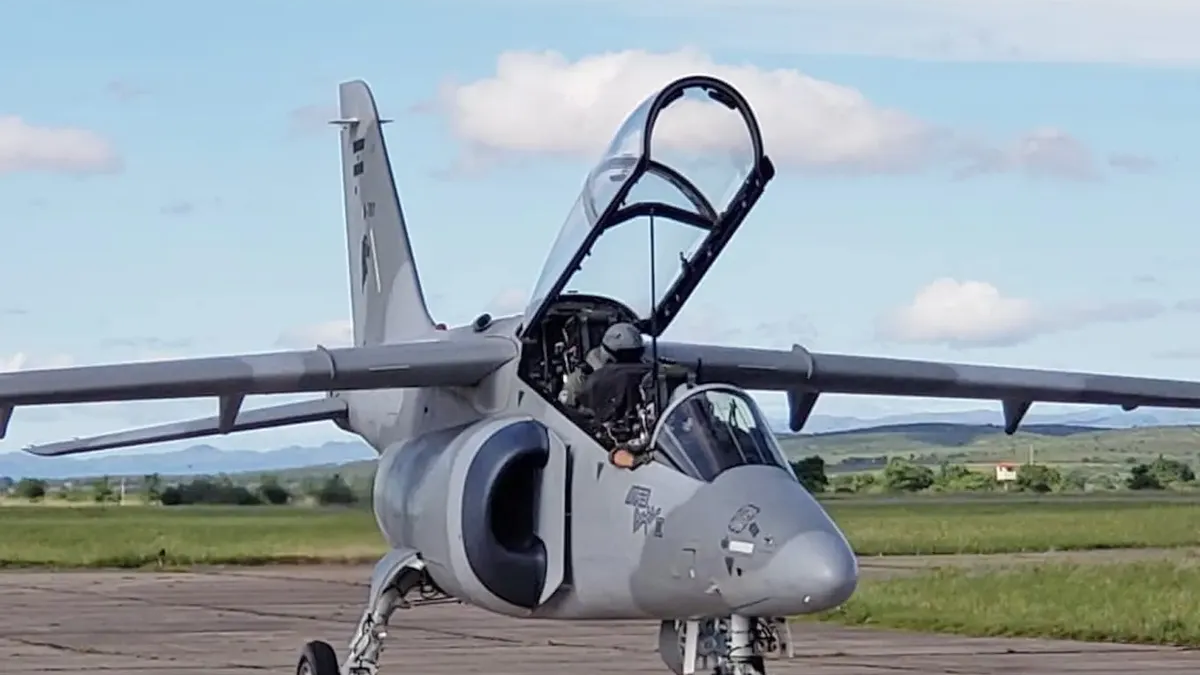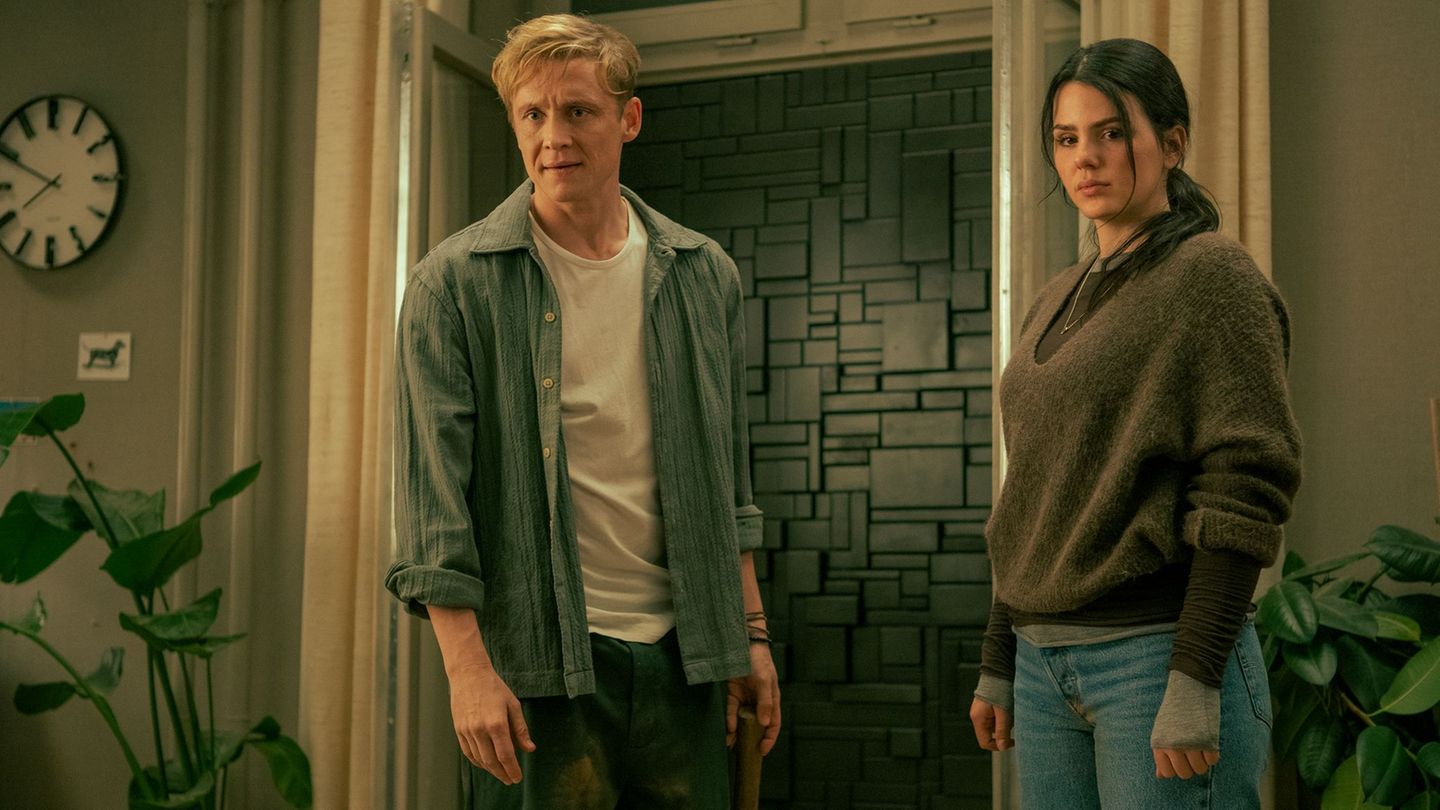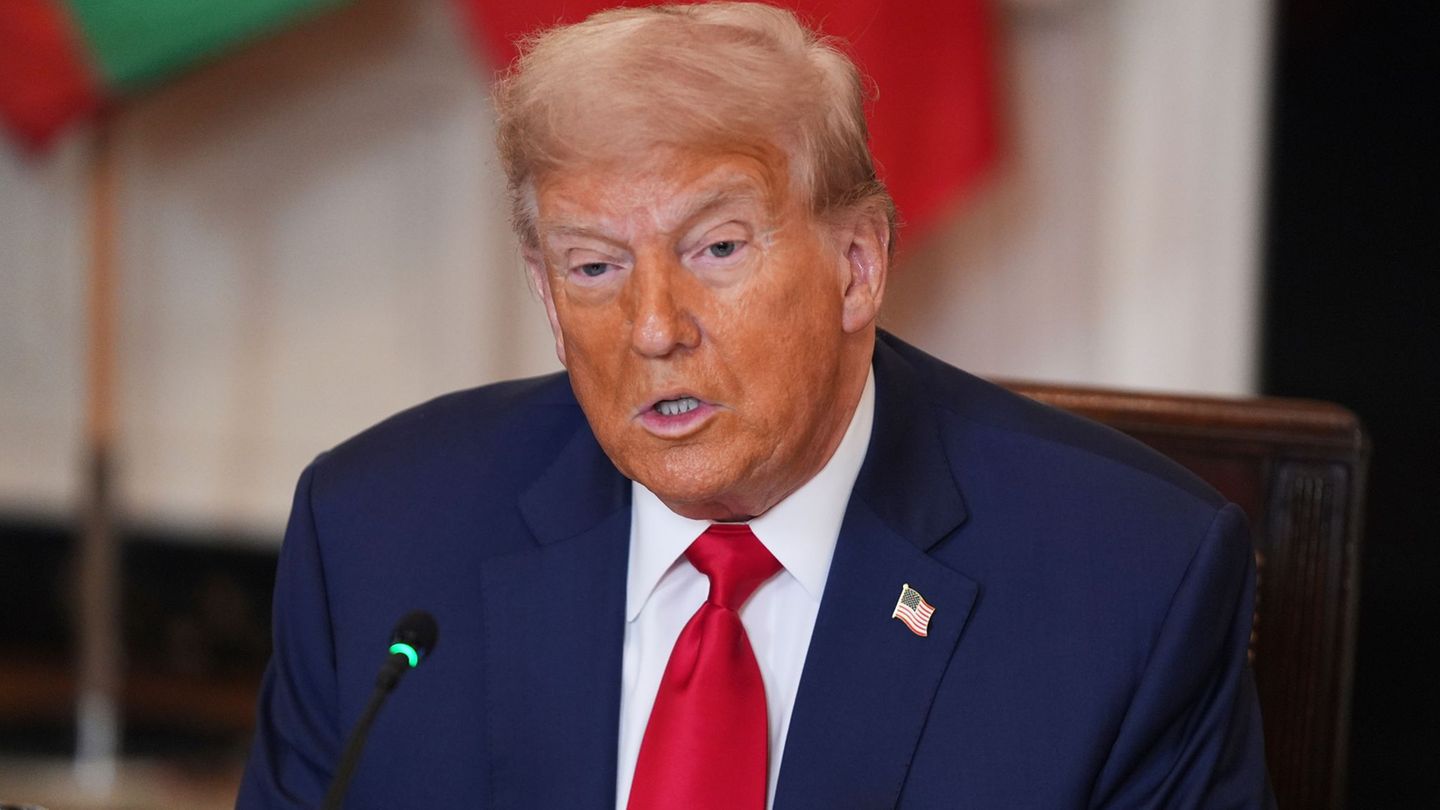Turning 97 is in itself a milestone in time. Surviving changes in government, dissimilar productive approaches depending on who manages, and recurring budget adjustments is quite a feat.
la Argentine Aircraft Factory (FAdeA) This Thursday it reached its anniversary of creation with its sights set on the passage to the control and jurisdiction of the province of Córdoba. Without a central tribute act, only a commemorative photo of the staff and management, this is how FAdeA’s anniversary passed.
Everyone was content with the cheers and applause garnered simultaneously with the dispute of the classic Workshops-Belgranolast October 6. That day they were fulfilled 40 years since the first flight of the IA-63 Pampa and three aircraft flew over almost the entire provincial capital, passing through the Civic Center, the Bus Terminal, Sarmiento Park, the Suquía River and as a final destination, ground level at the Kempes Stadium.
Removing the list of companies subject to privatization that the libertarian government ordered gave FAdeA a new opportunity to continue as a Cordoba hub of aerospace development and a source of employment for brilliant minds of the Docta. He president of the board of directors, Fernando Sibillafrom Córdoba, was Secretary of Industry of the province and also passed through FAdea during Macri’s time.
It would seem that he had “in pectore” since then to recover for the people of Córdoba a company that is part of the pride and manufacturing history of Córdoba.
He convinced the Governor Martín Llaryora But how to do it is missing, who provides and guarantees the more than 2.1 billion pesos necessary for the operation of the entire production scheme. Last month the company paid only half of the salary to its employees who, in addition, by consensus, work in a kind of rotating shifts or semi-suspension of tasks.
FAdeA has the asset of bringing together in the same plant capabilities to design, manufacture, maintain and modernize aircraft. The epic of the past, the Pulqui, the first jet plane in Latin Americathe endless Rastrojero, the Puma motorcycle, and here the IA-58 Pucara plane which still has life in the version Phoenix as a platform ISR (Intelligence, Surveillance, and Reconnaissance) gave way to the leading role of IA-63 Pampa. It is the star product with current export potential.
Competitive
He Pampas It is an advanced trainer aircraft that was designed at the Córdoba plant in the 1980s with the assistance of the German company Dornier Flugzeugwerke and has been modernized to reach the Pampa III Bloc 2 version. A standard that facilitates the transition of the fighter pilot to 4th and 5th generation devices.
He IA-63 Pampa III Block 2 It has the latest technological advances in its type digital avionics, radar simulation, virtual scenarios, data link, new low-consumption power plant, among other updates.
Qualities that make it very competitive and low operating cost, suitable for training and, armed, can carry out light tactical missions against ground targets and troop support. It has more national components that replaced imported onessuch as dome frame, dome actuator and configuration alarm panel.
The oxygen regulator, the emergency oxygen system, the command staff, the brake and tire block and the fatigue meter are also locally manufactured.
There have always been and still are interested in acquiring it, for example the most recent ones: the Republic of Peru and the Dominican Republic.
FAdeA coordinated with the Ministry of Defense so that three units of the 4th Fighter Group of the IV Air Brigade based in Mendoza are exposed and flown at the disposal of Peruvian and Dominican authorities who will attend the VI Conference of Defense Ministers of the Americas (CMDA) which will take place in the province of Cuyo.
Appreciations of the businessmen grouped in the Argentine Aerospace Chamber (CArAE) insist on the search for markets beyond the region, countries of Africa, Asia and the Middle East.
“The factory lacks nerve and sales muscle,” sources from the sector summarize. One of the keys is to present the aircraft with a credible financing scheme and guarantee the customer the operational security of the device in the after-sale.
The export of the Pampa fights against the lack of a sustained political decision to support the national aeronautical industry. Sibilla’s bet to “provincialize” FAdeA could give it that continuity, the people of Córdoba feel it as their own while in the Nation the plant is immersed in the tugs of dispersed actors.
An example of the situation
The management of funds and productive direction of FAdeA goes through the Secretariat of Research, Industrial Policy and Defense Production. Currently headless. Raúl Marino held the position and was fired for lack of intelligence following a controversial appointment in his area. Mini-crisis generated by the appointment of a curvy influencer from Mendoza, Constanza Braviwhich was framed as “not adjusting to the profiles of the area for the exercise of the position to be filled.”
In slow motion, the factory continues with the development of the Malvina, a basic trainer for pilots, a project that started in 2013 and that can also generate profits.
It was held back due to lack of budget and gained new momentum in 2021 after the financial contribution made by the Financial Aid Institute for Payment of Military Retirements and Pensions (IAF)which granted a loan of 2.5 million dollars for the construction of the prototype.
All quotas were settled in a timely manner, the IAF won and FAdeA also won because it put the Malvina program into a productive rhythm although the line went to idle due to current cuts in the budget.
Source: Ambito
I am an author and journalist who has worked in the entertainment industry for over a decade. I currently work as a news editor at a major news website, and my focus is on covering the latest trends in entertainment. I also write occasional pieces for other outlets, and have authored two books about the entertainment industry.




